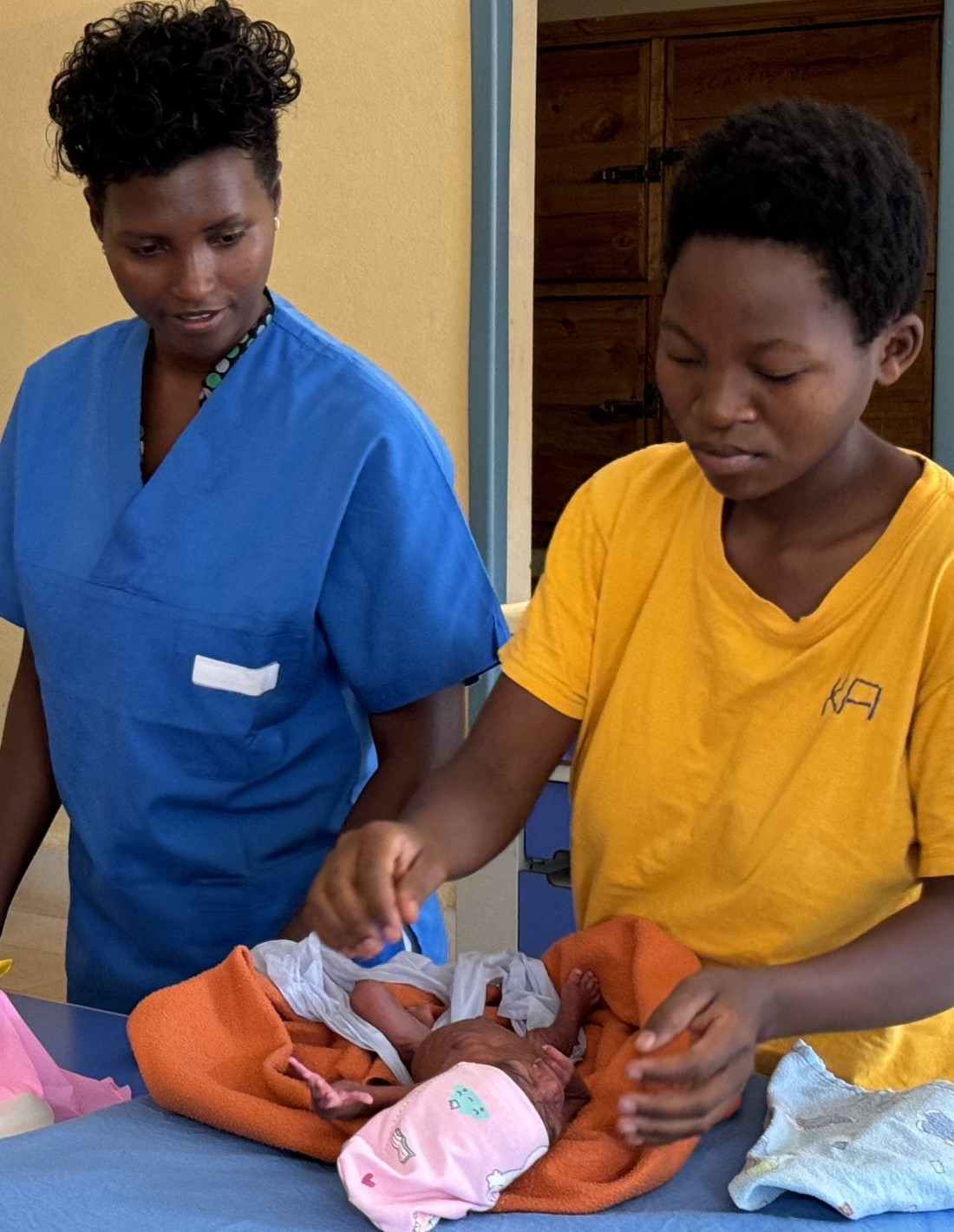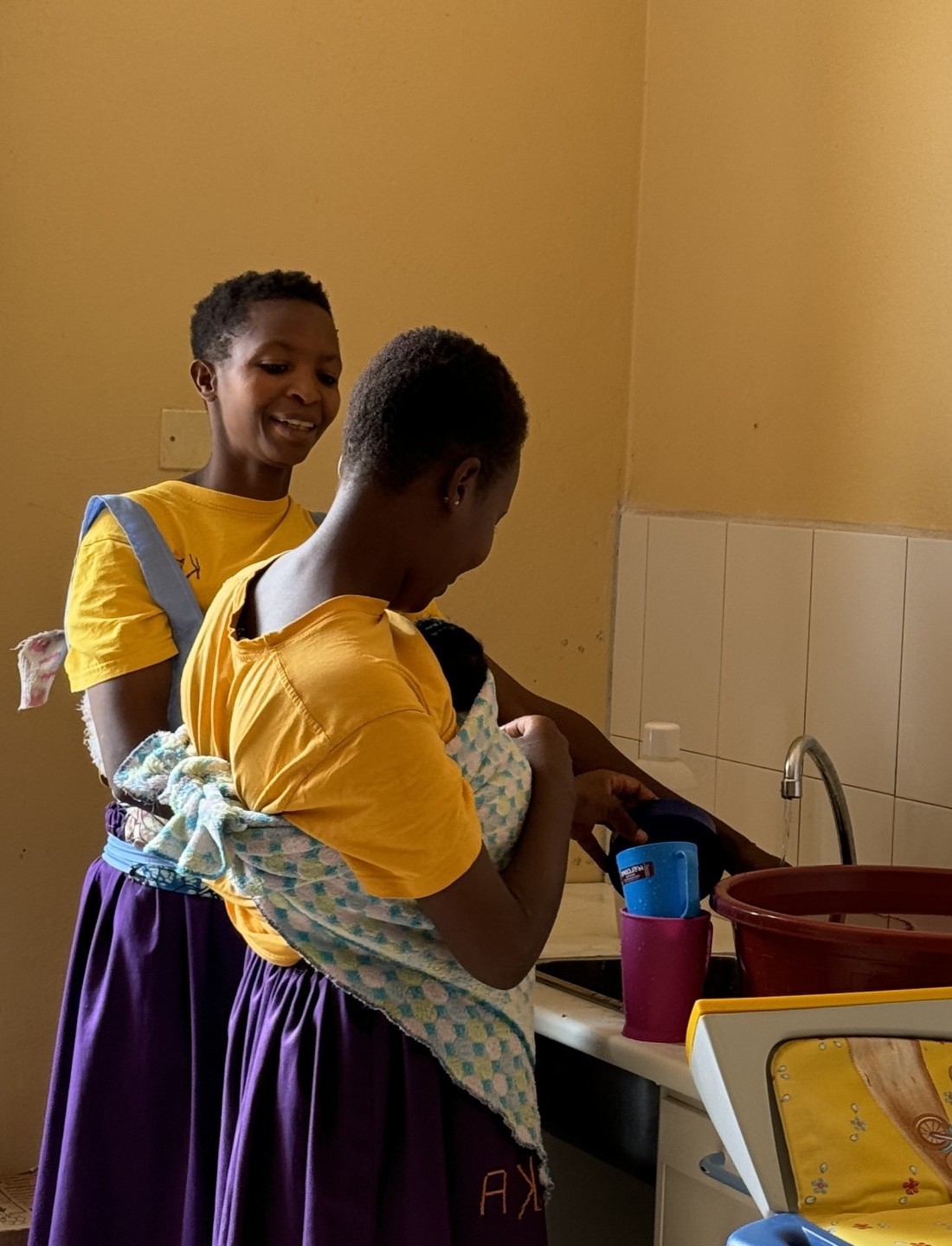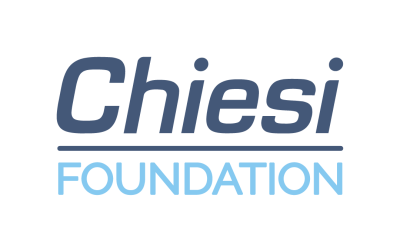Improving access to neonatal care in sub-Saharan Africa
Improving access to neonatal care in sub-Saharan Africa
NEST – Neonatal Essentials for Survival and Thriving
In 2014, the Chiesi Foundation launched a new and ambitious intervention program in the neonatal field: the NEST Model – Neonatal Essentials for Survival and Thriving. The NEST Model is a program developed and carried out in collaboration with several hospitals, NGOs, institutions, and universities, whose aim is to contribute to improving access to quality neonatal care in Sub-Saharan African countries with particular attention to French-speaking countries. The NEST program aims to reduce neonatal mortality (0-28 days), particularly of pathological, premature, or low birth weight newborns.
The approach adopted is specific to each context that is faced, since the target group of countries includes territories with different health structures and different levels of financial and human resources.

The four pillars of the NEST Model
Training
Training programs on essential and special care of newborns for local health workers and the development of an education and awareness program for families.
Spaces
Creation and organization of neonatal care units with medical equipment adapted to the local context, promoting family-centered care and “Zero Separation” between mother and child.
Data
Improving the quality and use of neonatal data and indicators through a Quality Improvement process, generating evidence for lessons learned and best practices.
Advocacy and Networking
Building strategic partnerships with local and international stakeholders.

The NEST Model
The NEST Model aims to provide a practical methodology to address the problems of mortality and morbidity, starting from recognizing the barriers to access to quality neonatal care, analyzing them and finding adequate and sustainable solutions. It is, therefore, a guide to translating the theoretical framework into concrete practices. The NEST Model adopts a step-by-step approach to address the complexity of care provided to newborns. The first step ensures that preventive and nourishing care practices are fully integrated and established as standards of care in daily clinical practice. Only then can more advanced care strategies be introduced.
The NEST Model
The NEST Model aims to provide a practical methodology to address the problems of mortality and morbidity, starting from recognizing the barriers to access to quality neonatal care, analyzing them and finding adequate and sustainable solutions. It is, therefore, a guide to translating the theoretical framework into concrete practices. The NEST Model adopts a step-by-step approach to address the complexity of care provided to newborns. The first step ensures that preventive and nourishing care practices are fully integrated and established as standards of care in daily clinical practice. Only then can more advanced care strategies be introduced.








